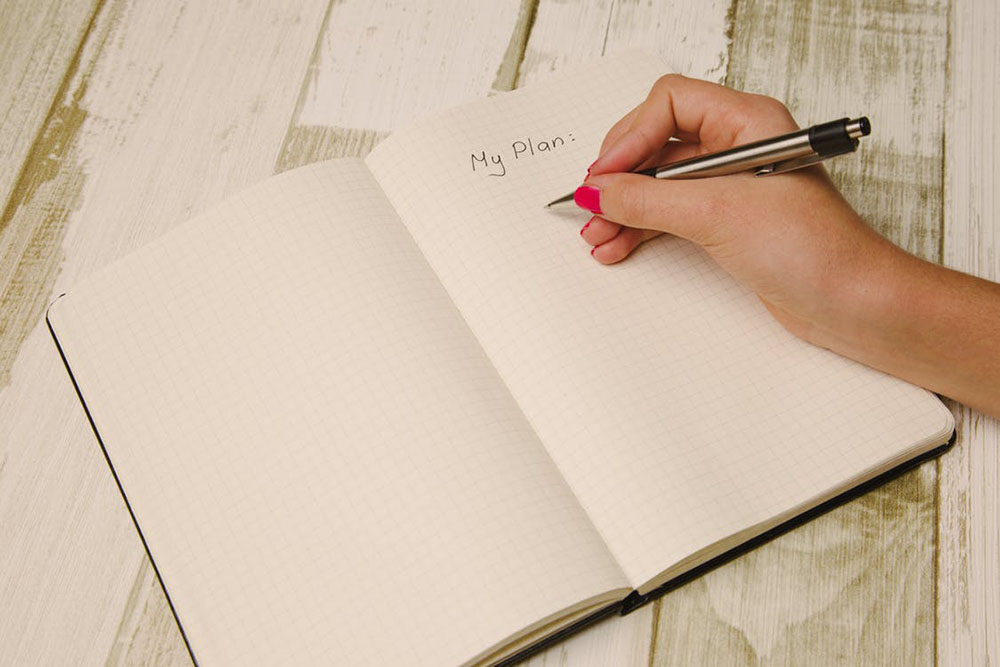
We love goal setting.
We also love setting goals that require you to work hard and make a change—after all, if you’re here, there is probably room for growth between where you are now and where you want to be.

It is common to get excited about a new goal and want to go all in. Why only hit the gym a few times per week when you can aim for six days and reach your strength goal faster? Why only aim for your protein target when you can hit all your targets and reach your weight loss goal sooner?
If that’s feasible, amazing, but setting zero to 100 goals can be overwhelming. Creating an expectation that may be realistic for a week or two when motivation is high but feels impossible to stick to when motivation inevitably drops.
Advertisement
It’s okay to take things slow and set goals that you know you can follow through on.
What does setting a realistic goal look like?
Setting Small Goals: Start Backward to Move Forwards
1. Determine where you want to be for your ‘end goal’ first and an approximate timeline.
Lose 15 lbs for my wedding in five months.
2. Set a medium-term goal based on that timeline.
This timeline would require weight loss of 3 lbs per month. (Weight loss is not linear, so this is a general guideline.)
3. Create short-term goals and commitments. This is a daily checklist that you can follow to ensure you’re making progress and it’s being reflected in your actions.
Advertisement
- Limit eating out to 1x per week
- Complete my daily training or cardio
- Hit my macros within my target range
- Take 20 minutes to work on mobility to keep my body well-recovered
- Drink one gallon of water per day
Not all goals are quite as tangible as losing a certain amount of weight, but you can use a similar outline to break down steps for any goal. Let’s use another example of being more mindful when eating or snacking.
Goal: I want to eliminate mindless eating and increase awareness of my hunger cues
Some short-term goals that support that behavior shift could be:
- Sit down for each meal
- Not watching TV and putting away my phone while eating
- Drink 16oz of water with each meal
- Check-in with hunger before each meal—am I hungry? Or, am I eating because I am stressed or bored?
Determining your starting, small goals requires a clear vision of where you want to be and the ability to break that long-term goal down into smaller, realistic steps. Start big, then go small so you have clear stepping stones as you work towards your long-term goals.
Schedule a Free Intro Call
Working Against Gravity has led the macro tracking and health space for over a decade. Our team doesn’t just understand the science of nutrition—we’ve spent years mastering the art of tailoring it to fit your life. That means no cookie-cutter plans, just real strategies that have worked for over 30,000 people.
Schedule a free call with our team to learn how working with a 1-on-1 WAG coach will help you reach your goals.



